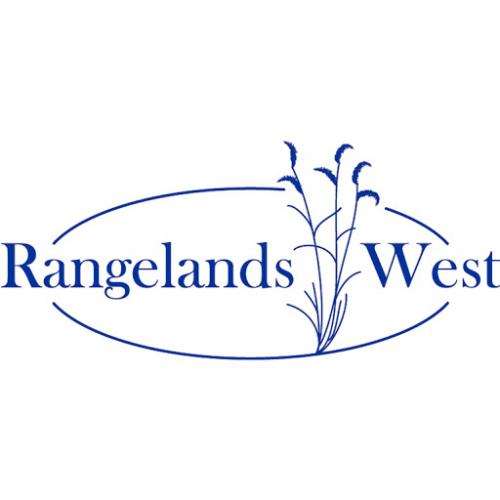Weed competition is a major factor causing warm-season grass seeding failures in rangeland and cropland. With a limited number of herbicides available for weed control, grazing may reduce competing vegetation in seedings and serve as an alternative to herbicides. Many immature weedy forbs and grasses are palatable to cattle and contain high nutrient levels. Research was conducted (RCBD, 4 reps) comparing grazing by yearling cattle with chemical suppression [atrazine (6-chloro-N-ethyl-N-(methylethyl)-1, 3, 5-triazine-2, 4-diamine)] for weed control in big bluestem (Andropogon gerardii var. gerardii Vitman) seedlings at Mead, Nebr. on a Sharpsburg silty clay loam (fine, montmorillonitic, mesic Typic Argiudoll) soil. Big bluestem was seeded at 220 PLS m-2 on 8 May 1987 and 25 April 1988. Weed control practices were mob grazing, continuous stocking, early-season mob and continuous stocking, chemical suppression with atrazine (2.2 kg a.i. ha-1), and a control. Paddocks were mob grazed 4 times in 1987 and 2 times in 1988. Paddocks were continuously stocked from 10 June to 22 July 1987. Continuous stocking was not attempted in 1988 because nitrate (NO3-) levels in redroot pigweed (Amaranthus retroflexus L.) exceeded toxic levels (23,400 to 55,600 mg kg-1 NO3-) throughout the season. Acceptable big bluestem stands developed in 1987 and 1988, 14 and 6 plants m-2 respectively, on areas treated with atrazine. Density and frequency of big bluestem seedlings were lower on the atrazine-treated plots in 1988 due to higher levels of weed competition and reduced precipitation. Grazing treatments resulted in inadequate stands (< 1.0 plant m-2) of big bluestem in both years. Grazing is not a suitable alternative to chemical suppression for weed control for big bluestem establishment in sub-humid and humid environments where high weed populations are common.

Articles, citations, reports, websites, and multimedia resources focused on rangeland ecology, management, restoration, and other issues on American rangelands.